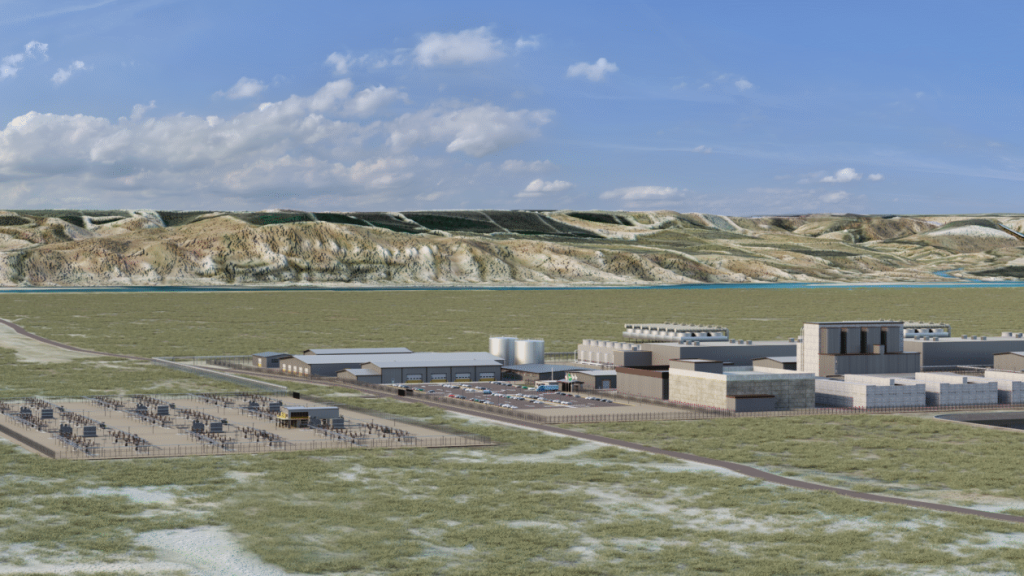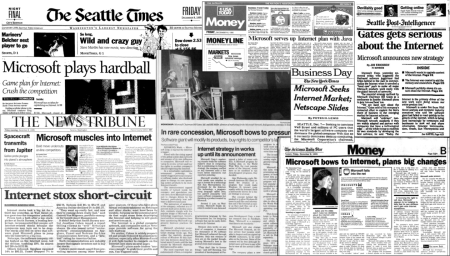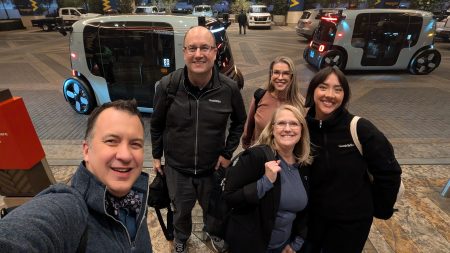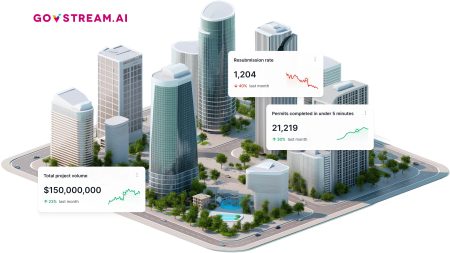Nuclear Energy Renaissance: Amazon Backs Groundbreaking Reactor Project in Washington State
In a bold move that could revitalize America’s nuclear energy sector, a coalition led by Amazon, X-energy, and Energy Northwest has unveiled plans for the Cascade Advanced Energy Center near Richland, Washington. This pioneering facility, recently named and visualized in newly released renderings, represents one of the nation’s first next-generation nuclear plants, with Amazon investing hundreds of millions of dollars to jumpstart the ambitious project.
The initiative comes at a critical juncture for the U.S. nuclear industry, which has largely stagnated since the 1980s. “This is not for the faint of heart,” acknowledges Ben Reinke, senior vice president for global business development at X-energy. “This is a difficult thing — to take on new technology like this and bring it to market.” The project has been in development since 2020, when X-energy began discussions with Energy Northwest, which operates the Pacific Northwest’s only existing nuclear plant. The partnership gained significant momentum last year when Amazon publicly joined the effort, leading a $700 million investment round in X-energy and committing $334 million to fund critical early stages of deployment, including development, licensing, and construction costs. Daniel Gross, director of Amazon’s Climate Pledge Fund, explained the company’s motivation simply: “We said, ‘We want that power enough, and we wish to be an enabler of this technology, so we’ll fund it.'”
The Cascade facility will be constructed near Energy Northwest’s Columbia Generating Station, with initial plans calling for four small modular reactors (SMRs) capable of producing up to 320 megawatts of power. The long-term vision is even more ambitious—expanding to twelve reactors with a total capacity approaching one gigawatt. If all goes according to plan with funding, permits, and public support, construction should begin within five years, with the plant expected to come online sometime in the 2030s. The technology represents a new generation of nuclear power, utilizing smaller, modular designs that proponents believe will be faster and less expensive to build than traditional nuclear plants. While the United States doesn’t currently have any operational SMRs (though China and Russia do), these advanced reactors are viewed as a promising path forward for clean energy development. X-energy’s first SMR project is already underway in Seadrift, Texas, in partnership with Dow Chemical, which has submitted preliminary designs and a construction permit application to the Nuclear Regulatory Commission.
The Washington project benefits from lessons learned in Texas but still faces substantial challenges. Greg Cullen, vice president at Energy Northwest, emphasizes the importance of thorough preparation: “You don’t want to start construction or start moving dirt until your design is fully ready to go. As soon as you start putting a lot of people and a lot of work on the site, that’s when the costs start accruing.” While declining to specify exact figures, Cullen indicated the initial phase would cost more than $2 billion, with the project seeking additional funding from the U.S. Department of Energy’s Loans Program Office. Energy Northwest will lead the construction effort and plans to announce its coalition of construction partners soon. The project recently gained international support as well, with X-energy and Amazon signing a “strategic collaboration agreement” with South Korean nuclear experts Doosan Enerbility and Korea Hydro & Nuclear Power to strengthen manufacturing and supply chain capabilities.
For Amazon, the Cascade Advanced Energy Center represents just one component of a much larger nuclear strategy. The tech giant has set an ambitious goal of deploying 5 gigawatts of nuclear power in the United States by 2039—enough to power millions of homes and businesses. “One thing that Amazon does well is scale technology,” explains Brandon Oyer, Amazon Web Services’ head of power and water for North and South America. “We’ve done this over and over again… We’ll go and make an investment and then learn how to scale that up, drive out cost, make it more readily available.” The company’s interest in nuclear energy stems from its growing power needs, particularly as artificial intelligence dramatically increases computational demands in its data centers. Unlike intermittent wind and solar power, nuclear provides carbon-free electricity 24 hours a day, 7 days a week—a crucial advantage for Amazon’s operations.
The stakes are high for all involved, but perhaps especially for Amazon, which has secured rights to half the electricity from the project’s initial phase—with the option to purchase all of it if prices exceed what local utilities can afford. This arrangement reflects Amazon’s struggle to reduce its carbon footprint, which grew by 6% last year despite the company’s status as the world’s largest corporate purchaser of renewable energy. Should the initial phase succeed, Energy Northwest believes expanding to the full twelve-reactor configuration would be relatively straightforward, as permits will cover the complete build-out. These additional reactors would generate enough electricity for approximately one million homes, likely at a lower per-unit cost. As Greg Cullen of Energy Northwest puts it, “Amazon recognizes the role they can—and are willing—to play.” By assuming early financial risks and providing “catalytic capital” that traditional utilities find difficult to deploy, Amazon is positioning itself not just as a customer but as a transformative force in America’s energy landscape. The Cascade Advanced Energy Center may well determine whether the nation can reclaim its leadership in nuclear innovation after decades on the sidelines.















